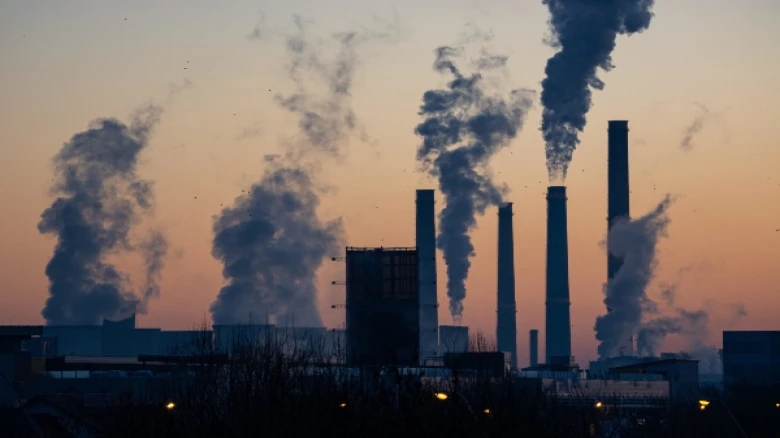Many polluted countries, including Asia and Africa, lack fundamental air pollution infrastructure, experts suggest...
Digital Desk: Based on a study, air pollution remains the world's greatest external risk to human health, but the majority of its influence on global life expectancy is concentrated in only six countries, including India.
In its annual Air Quality Life Index (AQLI) study, the University of Chicago's Energy Policy Institute (EPIC) stated that as global pollution increased in 2021, so did its toll on human health.
In response to the researchers, reducing fine particle pollution (PM2.5) to meet the World Health Organization's (WHO) guideline would add 2.3 years to the average person's life expectancy — or a total of 17.8 billion life years saved worldwide.
The research, which has yet to be reviewed by a panel shows that dust pollution is still the world's greatest external risk to human health. According to the researchers, the impact of life expectancy is comparable to smoking, more than three times that of alcohol consumption and hazardous water, and more than five times that of transportation injuries such as automobile accidents.
"Three-quarters of the impact of air pollution on global life expectancy occurs in just six countries: Bangladesh, India, Pakistan, China, Nigeria, and Indonesia, where people lose one to more than six years of life because of the air they breathe," said Michael Greenstone, a professor at the University of Chicago in the United States.
"For the last five years, the AQLI's local information on air quality and its health consequences has generated significant media and political coverage," Greenstone noted. "However, there is an opportunity to supplement this annual information with more frequent—for example, daily—and locally generated data," he added.
They account for 92.7 percent of the lost life years due to pollution. However, only 6.8 and 3.7% of governments in Asia and Africa, respectively, offer their residents fully open-air quality data, according to the researchers.
Researchers state, that only 35.6 and 4.9% of Asian and African countries, respectively, have air quality guidelines – the most basic building block for regulations.
They also said that present around the globe investments in global air quality infrastructure do not correspond to where air pollution has the greatest impact on human life.
While there is a significant worldwide fund for HIV/AIDS, malaria, and tuberculosis that distributes USD 4 billion yearly, there is no similar set of coordinated resources for air pollution.
The entire continent of Africa receives less than USD 300,000 in philanthropy donations for air pollution — the current average price of a single-family home in the United States.
Outside of China and India, only 1.4 million USD are sent to Asia. Meanwhile, the Clean Air Fund has allocated 34 million USD to Europe, the United States, and Canada.

Leave A Comment